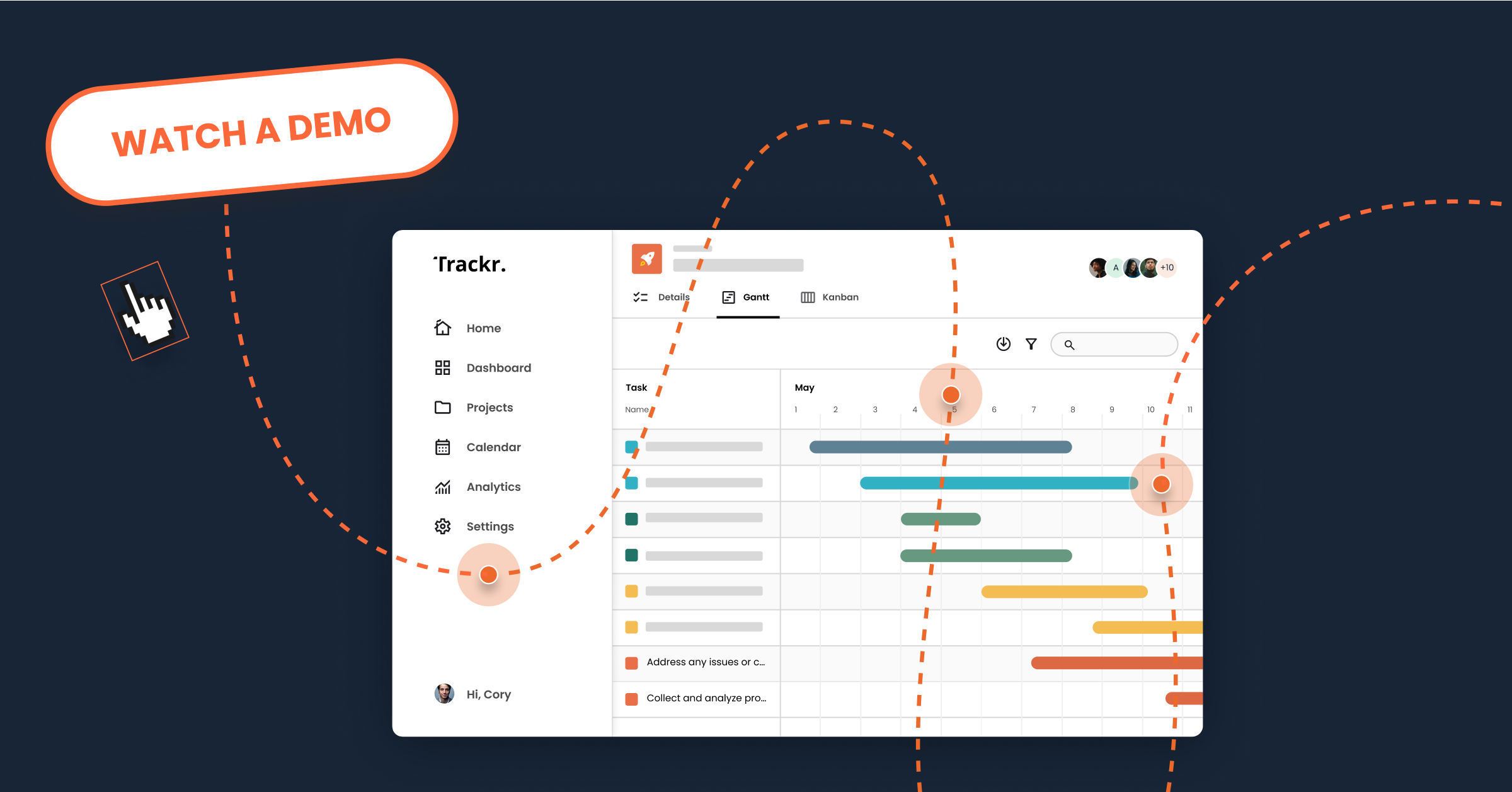It seems every conference or trade show has sessions that leave people feeling inspired, motivated and intrigued — and then the ones that leave people thinking, “how’d that make it as a session? There was nothing new in there.” I’m happy to share that as my first time attending B2B Marketing Exchange, I had more of those inspired feelings than the latter. I particularly liked the the way that it didn’t seem to matter what size company you were coming from; all content and strategies from sessions could apply to any marketing team. That’s why I’m sharing my top three findings from the show.
1. The Video Play Button is the Highest Converting Call-To-Action
Being at a company that lives and breathes in video, this was exciting to hear. In a session from Act-On about how they’re leveraging video with their marketing, they shared that 75% of executives watch video at least weekly. EVERYONE is watching video weekly – think Netflix, Facebook, Snapchat – even Instagram is hosting video now! So how do we cater to people that are already spending the rest of their day watching video?
It was also reported that the average web surfer has an attention span of eight seconds – go us! So how do we get in front of, and leave an impression on, people who are spending a mere eight seconds on us? It’s about creating content that is memorable – and memorable means telling stories that touch on emotions. Video is the best form of content at mimicking humans – the audio and visual aspects of it make it easiest to connect with. At Consensus, we already rely heavily on video for demand gen (our homepage demo is our highest converting piece of content) and content creation. But hearing about other ways to use video is what really sparked me – i.e. in diplay ads and retargeting, or as a way for account managers to introduce themselves to their contacts. I can’t wait to try these out.
2. There is Hope for Blending Sales and Marketing
This has been a hot topic for the past year now, yet it’s amazing how much of a struggle it still is for most organizations. I sat in on a session with Stacy Gardner of Bottomline Technologies – here’s a list of the best tips I pulled from the talk:
 Marketing and sales MUST align on content. Too much content is still product-focused; buyers don’t care about your product, they care about their pain points. Figure out their pain points by collaborating with sales and picking their brains – and write about THAT.
Marketing and sales MUST align on content. Too much content is still product-focused; buyers don’t care about your product, they care about their pain points. Figure out their pain points by collaborating with sales and picking their brains – and write about THAT.- Try paying your marketing team the same way as sales. That’s what Marketo does, because they see no difference between the roles.
- Use metrics that sales understands and cares about. Better yet, try converting your goals based on sales metrics. Find out what sales’ goals are for the year, develop a content plan that will help sales reach their goals (with data to back it up), and stick to that plan for the year. Try to avoid straying from the plan (it’s way easier to stray than you’d think) – by cutting it short, it never had a chance to prove its value and also sets you back to square one.
3. Create “Contagious” Content
We were lucky enough hear from Jonah Berger, the author of Contagious: Why Things Catch On. He covers the six “STEPPS” to follow to craft contagious content. Here’s a quick breakdown:
- Social Currency: People care how they look to others. Make people feel special, like insiders, and they’ll want to share more
- Triggers: “Top-of-mind means tip-of-tongue”. Figure out what habitat your target audience lives in, find something they are thinking of everyday, and tie your product to it. Create a trigger for them to constantly be reminded of your product.
- Emotion: People share things that arouse emotion; we share when we care
- Public: Jonah points out, “the more public something is, the more likely people will imitate it”. Design your product for the public.
- Practical Value: Similar to how these Six STEPPS have been designed, package useful knowledge in a way that’s easy to understand and share. Circling back to Social Currency, people will share things that make them look good. Well-packaged, useful knowledge is one of those things.
- Stories: “Information travels under what seems like idle chatter”. Stories are memorable, interesting, and easy to relay. Package your idea in a great story, and watch it be shared.
I REALLY enjoyed his talk, and even printed out his worksheets and guidelines post-show (from his site) so we can apply the concepts to our own marketing ideas (looks like his STEPPS were effective on me!)
Who else attended the show, and what were your key takeaways? Share in the comments below!





